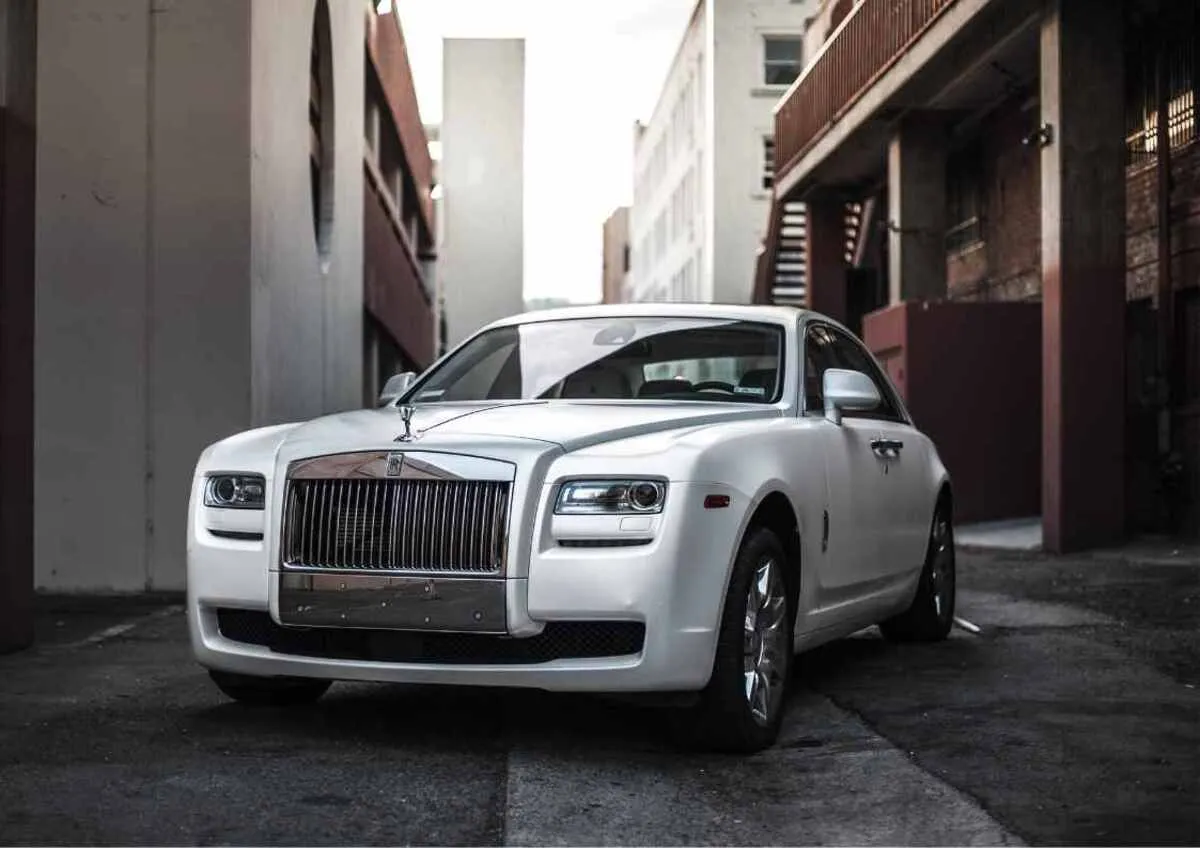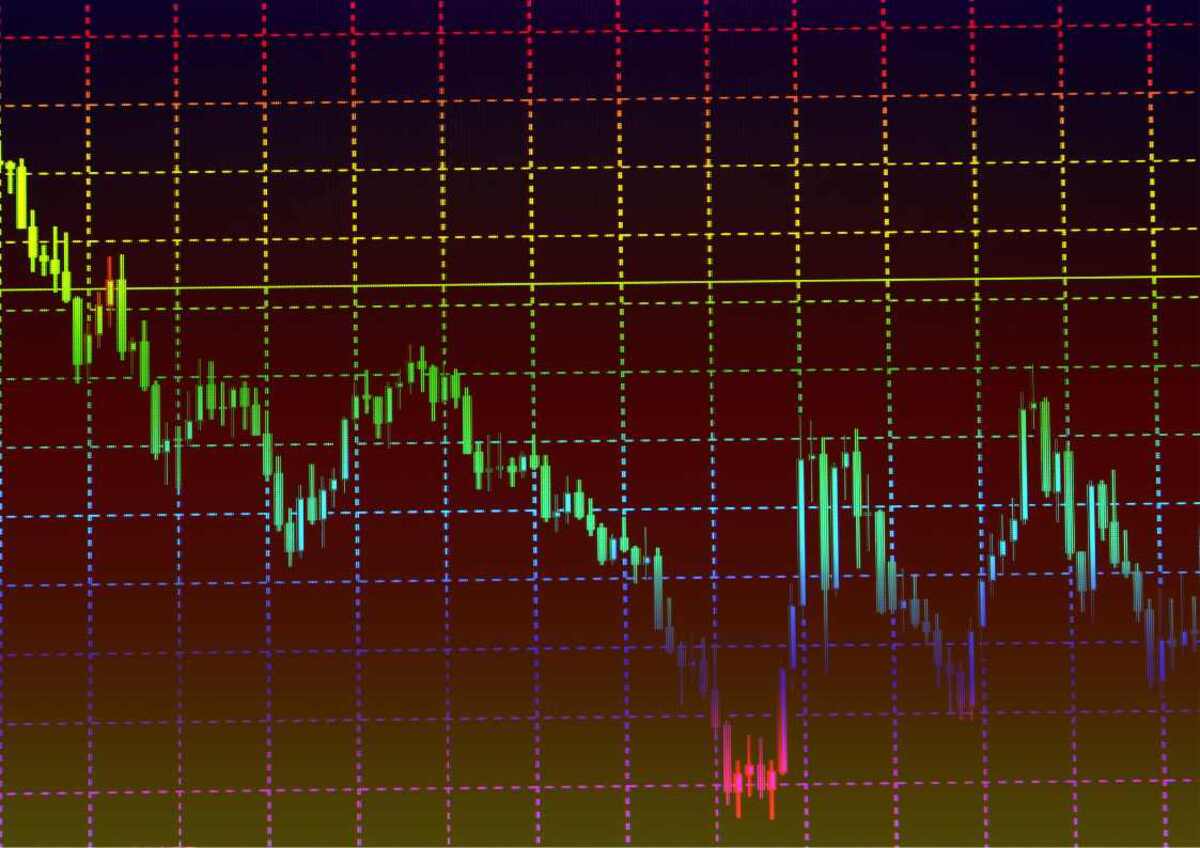Thursday Dec 21 2023 01:57

8 min

Rolls-Royce Holdings Plc, a global leader in power systems, holds a steadfast reputation in the aerospace, defence and energy sectors.
The organisation not only specialises in creating complex, integrated systems for technologically advanced aircraft but also constructs absolute power solutions for the harshest environments on land and underwater.
This write-up will dissect the evolution, volatility and outlook of the Rolls-Royce share price, providing investors with holistic insight.
Rolls-Royce's origins trace back to Henry Royce's engineering business established in 1884, focusing initially on building electrical devices. By 1904, Royce had designed a line of cars that piqued the interest of Charles Rolls. Their partnership gave birth to Rolls-Royce Limited in 1906.
The company faced financial hurdles and in 1971, Rolls-Royce Limited went into voluntary liquidation. The British government intervened, purchasing its assets through a newly formed company, Rolls-Royce (1971) Limited. In 1973, the car division was spun off as Rolls-Royce Motors.
The parent company saw a return to the stock market in 1987 and experienced several ownership transitions, ultimately being owned by Rolls-Royce Holdings plc in 2011. Despite these changes, Rolls-Royce plc remained the primary trading entity throughout.

Rolls-Royce's initiation into the public market has been a testament to its enduring legacy in the global industrial sector. Debuting on the London Stock Exchange in 1987, the company's shares became a part of the esteemed FTSE 100 Index, symbolising its significant role in the UK’s economy.
Investors have been drawn to Rolls-Royce for its iconic brand recognition, historically steady dividend returns, and consistent financial stability. Despite this, the company’s shares have not been immune to market dynamics, experiencing periods of fluctuation influenced by economic cycles, shifts in aerospace and defence spending, and internal corporate developments.
These fluctuations are natural in the lifecycle of any long-standing company, and Rolls-Royce's ability to weather these changes is indicative of its strategic management and the intrinsic value of its core businesses.
Rolls-Royce's aerospace segment responsible for the design and manufacture of engines for commercial and military aircraft has significantly influenced its share price.
The market for these engines, both in commercial airlines and defence, is subjected to consistent volatility due to geopolitical events, health crises, and technological advances, which are directly reflected in the Rolls-Royce share price.
The company's stock has been historically sensitive to unforeseen incidents from the 9/11 attacks to the global financial crisis. Each event presented significant challenges evident in the dramatic decreases in its share price.
Another key sector contributing to Rolls-Royce's stock performance is its Energy Division, supplying power systems for oil and gas operations and power generation.
The cyclical nature of the global energy market contributes to the share price's volatility. For instance, fluctuations in global oil prices during the early 2010s led to a cascading effect on Rolls-Royce's share prices.
The COVID-19 pandemic wreaked havoc over the airline industry, propelling Rolls-Royce into one of its darkest years financially. With international travel coming to a standstill, the demand for Rolls-Royce's aircraft engine services plummeted, leading to a historic low in its share price.
In 2020, the company's stock dropped as low as 17.5p, a substantial decrease from its price in early January 2020 of around 220p per share. COVID-19 was an unprecedented challenge, and the financial impact on Rolls-Royce's financial standing was significant.
In 2021, Rolls-Royce reported a pre-tax loss of £4bn, compared to a loss of £3.1bn in 2020. The pandemic's unprecedented challenges significantly hampered the company's ability to generate profits.
Though Rolls-Royce signalled a path towards recovery, outlining a plan to turn cash flow positive later in the year, the company’s profits hover in uncertainty until a resurgence in global travel becomes more evident.
Rolls-Royce has demonstrated a notable improvement in its financial performance for the first half of 2023. The company reported an underlying operating profit of £673 million and a free cash flow of £356 million, highlighting significant growth and operational efficiency.
This positive trajectory has led to an upgraded full-year guidance, with expectations for the underlying operating profit to reach £1.2 billion to £1.4 billion and forecasting a free cash flow between £0.9 billion and £1.0 billion.
The Civil Aerospace division has been a standout, with operating margins dramatically increasing to 12.4%, compared to a negative margin in the previous period.
This is a result of increased sales, improved aftermarket profitability, and the execution of commercial optimization strategies. Additionally, the company's Defense division also performed well with a 13.6% operating margin.
These financial results are a testament to Rolls-Royce's strategic transformation efforts, which have been focused on cost management and commercial optimization, even in the face of external challenges like supply chain constraints.
With the company's focus on productivity and efficiency, the CEO remains optimistic about the continued positive impact of these initiatives on all business segment

Analysts at Jefferies predict the recovery of Rolls-Royce shares in the long run, anticipating upward momentum as international commercial flights resume. Other analysts believe the damage inflicted by the pandemic may have longer-lasting effects and advise caution when investing.
Rolls-Royce itself remains optimistic about a rebound with anticipated growth in the Defence and Power Systems divisions. The company also plans to dispose of some non-core assets to concentrate on its primary market segments, which should help streamline its operations and potentially drive up the share price.
Rolls-Royce's shares have long been synonymous with prestige due to the company's heritage, brand value, and the breadth of its operations. However, the historical volatility, driven by the nature of its sectors, ensures that it is not a stock for the faint-hearted.
While the future outlook holds a ray of hope, with several analysts predicting a recovery as the world gradually returns to normal, significant risks remain. The protracted impact of the pandemic, coupled with other potential disruptions in the airline, defence, and energy sectors, means that complex challenges lie ahead.
However, for those with a strategic, long-term view and a risk tolerance, the Rolls-Royce share price might present considerable potential rewards.
Ready to trade with markets.com? Creating an account is easy.
“When considering “CFDs” for trading and price predictions, remember that trading CFDs involves a significant risk and could result in capital loss. Past performance is not indicative of any future results. This information is provided for informative purposes only and should not be considered investment advice.”